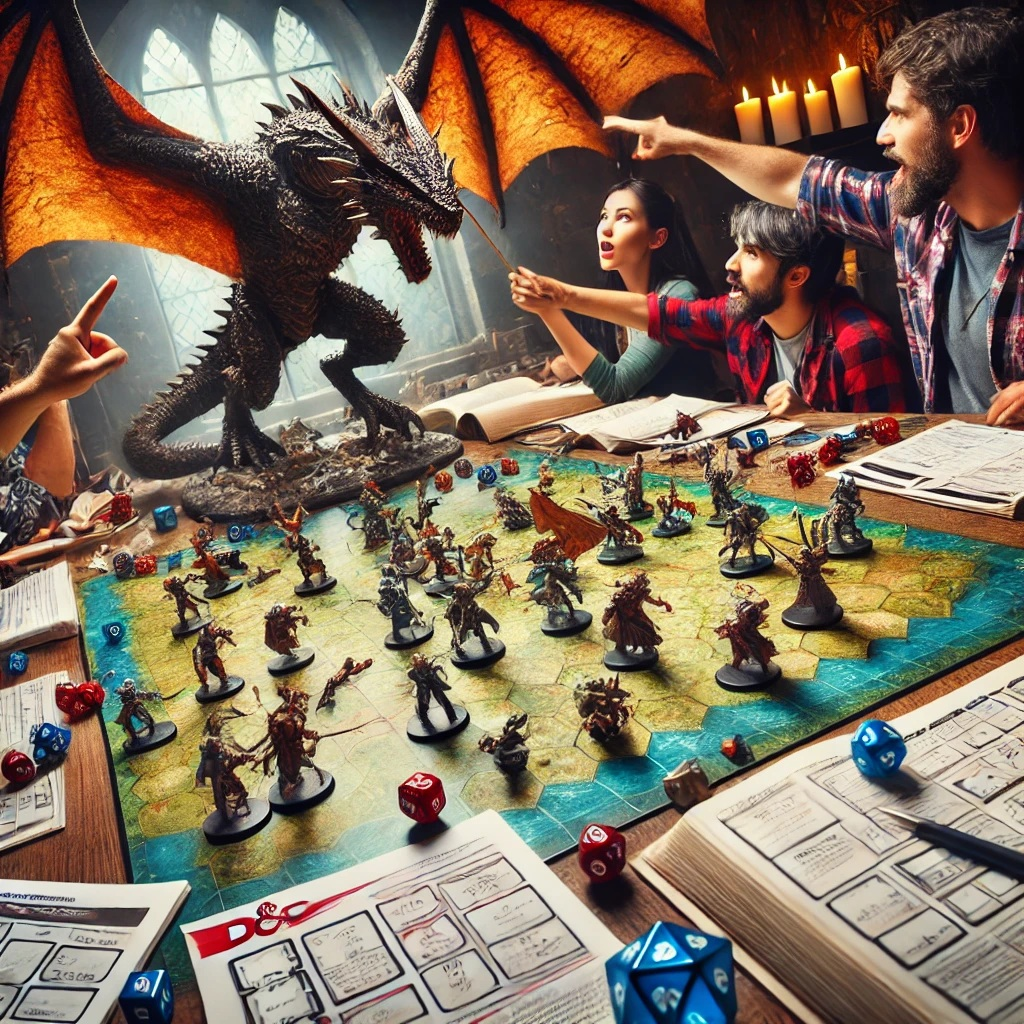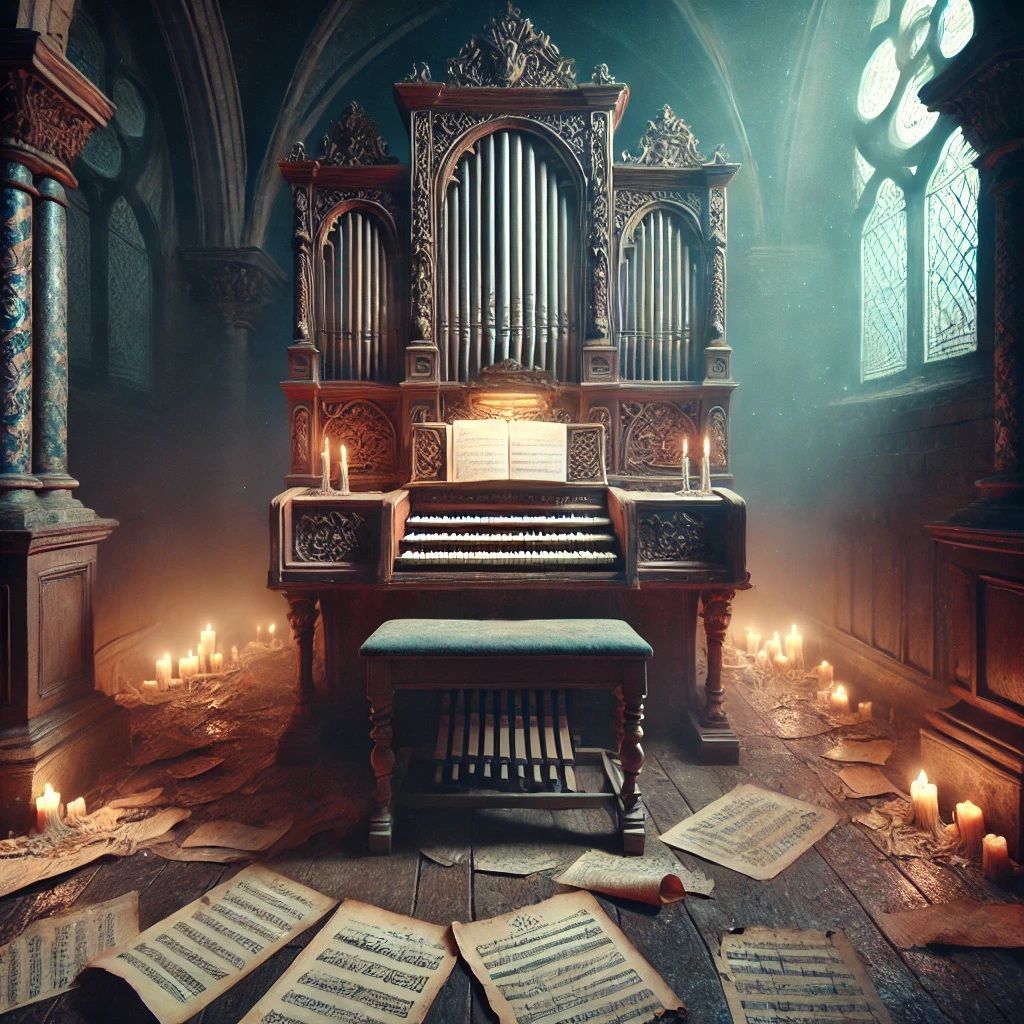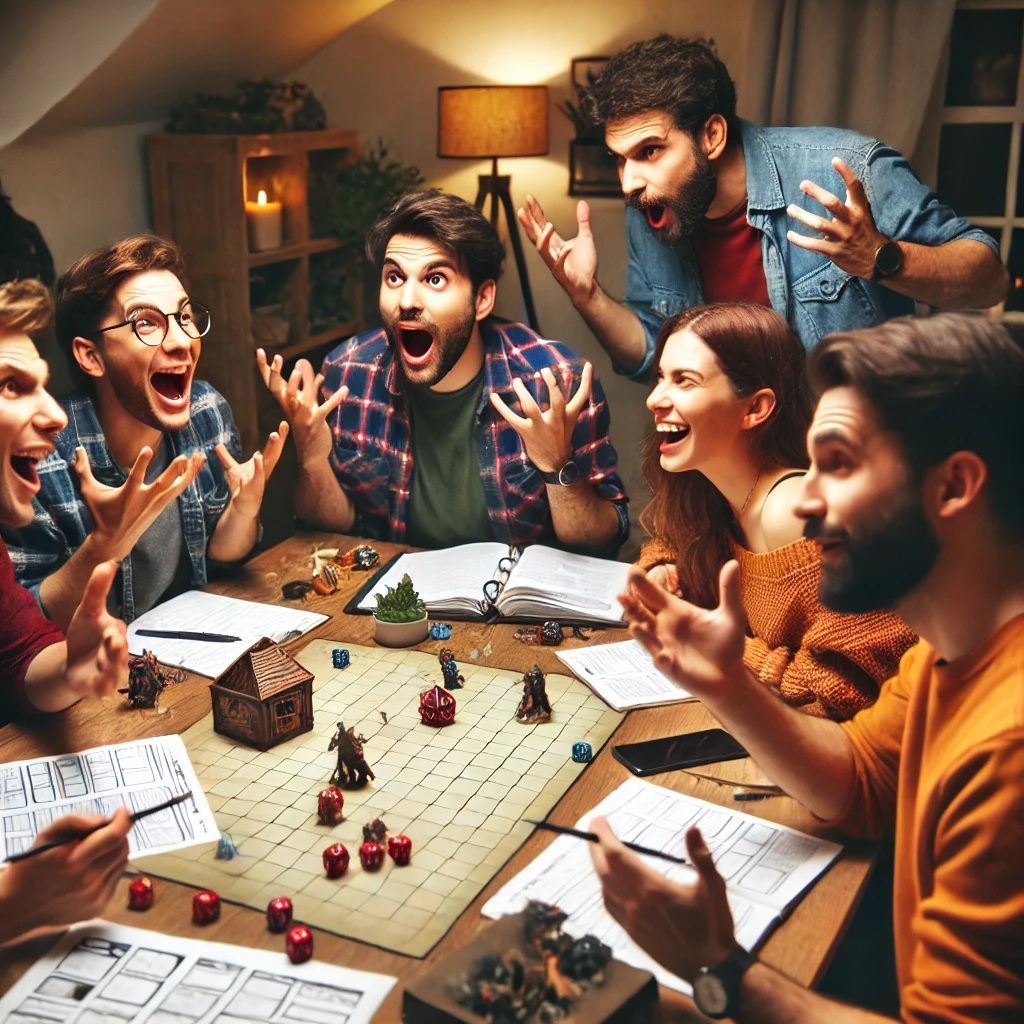Creating Immersive Dungeon Environments: A Guide to Designing Dungeons That Captivate and Challenge Players
fantastic places and how to make them

Dear Readers,
Dungeons are at the heart of many Dungeons & Dragons adventures, serving as mysterious labyrinths filled with danger, treasure, and narrative intrigue. A well-designed dungeon is more than just a series of rooms and corridors—it’s an immersive experience that challenges players, rewards creativity, and deepens the story. In this guide, we’ll break down the essential components of dungeon design, offering practical tips to make your dungeons more engaging, atmospheric, and dynamic. While we will be referring to adventure locations as "dungeons," this sort of concept is good for any adventure location, be it a Sci-Fi warehouse, a 1920's era creepy mansion, or just about any place else.
1. The Foundation of a Great Dungeon
Before sketching out your first corridor, consider the purpose of the dungeon within your campaign. Ask yourself these questions:
- Why does this dungeon exist? Was it a fortress, a crypt, a lost temple, or something more unusual?
- Who built it? Understanding the architects helps define the dungeon’s layout and design philosophy.
- What threats lurk inside? Consider the creatures, traps, and magical phenomena that populate the space.
- How does it tie into your story? Dungeons shouldn’t feel like isolated set pieces; they should connect to the broader world and plot.
Once you have answers, you can build a dungeon that feels natural, immersive, and compelling.
2. Atmosphere: The Power of Sensory Details
Players should feel the weight of the dungeon’s history and presence. Use descriptions that engage all five senses:
- Sight: Dim torchlight flickering against damp stone walls, ancient murals fading with time.
- Sound: The distant echo of dripping water, the scuttling of unseen creatures.
- Smell: The musty scent of decay, the acrid tang of alchemical ingredients.
- Touch: The rough texture of moss-covered walls, the cold iron of rusting chains.
- Taste: The stale air, the metallic bite of blood in the dust.
Leverage these sensory details to transport your players into the dungeon’s depths, making them feel present in the environment.
3. Layout and Flow: Designing for Exploration
A well-structured dungeon balances linear and non-linear pathways, providing opportunities for decision-making and backtracking. Consider:
- Looping paths: Encourage exploration by allowing players to approach problems from multiple angles.
- Secret passages and shortcuts: Reward players for paying attention to their surroundings.
- Verticality: Utilize different levels, pits, balconies, and shafts to create depth and variety.
- Diverse room sizes and shapes: Mix cramped tunnels with open chambers to keep movement interesting.
Use these elements to create a dungeon that feels dynamic and interconnected rather than a simple string of rooms.
4. Puzzles, Traps, and Challenges
Dungeons should test more than just combat ability. Incorporate a mix of challenges:
- Puzzles: Riddles, pattern recognition, logic challenges, or interactive environmental storytelling.
- Traps: Pitfalls, arrow slits, magical glyphs, and other hazards that encourage caution and clever solutions.
- Environmental hazards: Crumbling bridges, rising water levels, shifting walls—dangers that change the dungeon itself.
Each challenge should serve a purpose beyond simple difficulty; they should reflect the dungeon’s themes and lore.
5. Encounters and NPCs
Monsters should be more than just stat blocks—they should feel like part of the dungeon’s ecosystem. Ask yourself:
- Why are these creatures here? Are they guarding something, scavenging, or trapped?
- How do they interact with the environment? Do they use the terrain to their advantage?
- Can players interact with them beyond combat? Intelligent foes might negotiate, demand tribute, or have rivalries with other dungeon denizens.
Adding NPCs—whether prisoners, explorers, or spectral remnants—provides storytelling opportunities and character interactions that enrich the adventure.
6. Rewarding Exploration
Make the dungeon feel worthwhile by rewarding curiosity and effort:
- Hidden lore: Ancient inscriptions, journals, or murals that reveal secrets about the world.
- Unusual treasures: Instead of generic gold, offer unique artifacts, cursed relics, or items with untapped potential.
- Tangible changes to the world: Discovering a lost artifact or defeating an ancient evil should have consequences beyond the dungeon itself.
By making rewards meaningful, players will feel a greater sense of accomplishment and investment in your world.
7. Keeping the Dungeon Alive
A great dungeon isn’t static—it evolves. Introduce:
- Time-sensitive elements: A flooding chamber, a magical ritual nearing completion, a patrol that returns after an hour.
- Reactions to player actions: Enemies that become more cautious, reinforcements arriving, locked doors that open as puzzles are solved.
- Dynamic environments: Sections collapsing, magical storms, or shifting mazes that alter the layout.
These elements ensure that the dungeon remains unpredictable, keeping players engaged from start to finish.
Conclusion
Designing immersive dungeons is an art that combines storytelling, challenge, and atmosphere. By crafting dungeons that feel alive, interconnected, and rewarding, you can transform them from simple combat arenas into rich, memorable experiences.
Until next time, Dear Readers...
























